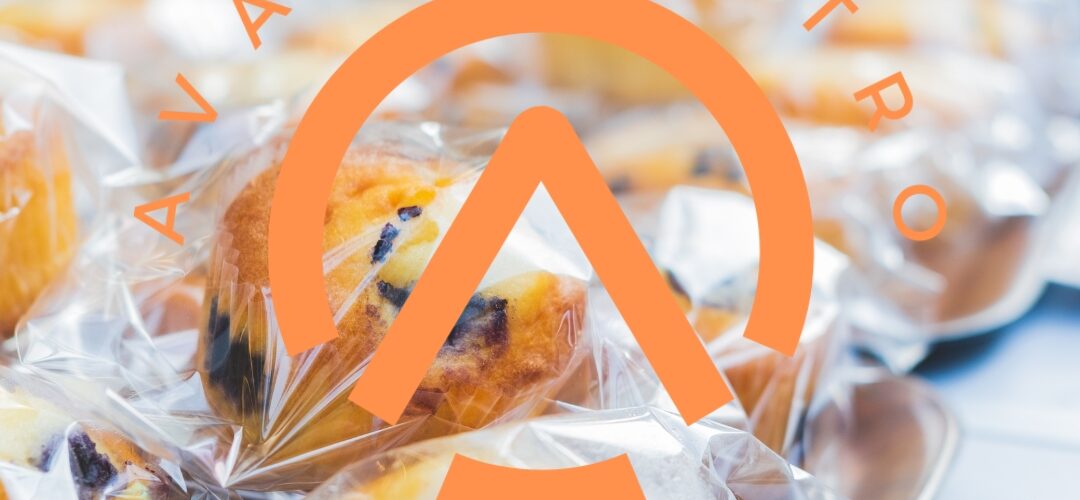The Ultimate Guide to Food-Safe Plastic: Ensuring Safety and Quality
In today’s world, the demand for food-safe plastic products has never been higher. As consumers become more health-conscious, the need for plastics that are suitable for food contact has soared. In this comprehensive guide, we’ll explore the significance of food-safe plastics, their characteristics, and why they are crucial for both consumers and the industry.
Understanding Food-Safe Plastics
Food-safe plastics, also known as food-grade plastics, are materials specifically designed to come into direct contact with food. These plastics are meticulously engineered to ensure they do not leach harmful substances into the food they come into contact with. They play a vital role in preserving the quality and safety of the food we consume.
The Importance of Food-Safe Plastics
Ensuring Food Quality
One of the primary functions of food-safe plastics is to maintain the quality of the food they store or package. These plastics are inert and do not react with the food. This prevents any unwanted taste or odor from being imparted to the food, ensuring that the food’s original taste remains intact.
Preventing Contamination
Food contamination is a significant concern for both consumers and the food industry. Food-safe plastics act as a barrier, protecting food from external contaminants such as bacteria, dust, and chemicals. This safeguard ensures that the food remains safe for consumption.
Meeting Regulatory Standards
Government agencies around the world have established stringent regulations and standards for food contact materials. Food-safe plastics are rigorously tested and certified to meet these standards, ensuring that they are safe for use with consumable goods.
Characteristics of Food-Safe Plastics
High-Quality Materials
Food-safe plastics are typically made from high-quality polymers that are specifically chosen for their safety and durability. Common materials include polyethylene, polypropylene, and polystyrene, all of which have been deemed safe for food contact.
Resistance to Chemicals
These plastics are engineered to resist chemical reactions with various types of food. This resistance ensures that the plastics do not degrade or leach harmful substances into the food.
Heat Resistance
Food-safe plastics can withstand a range of temperatures, making them suitable for use in both the microwave and freezer. They remain stable, maintaining their structural integrity even under extreme conditions.
The Role of Food-Safe Plastics in Packaging
Extended Shelf Life
Food packaging made from food-safe plastics helps extend the shelf life of products. By creating a protective barrier between the food and the external environment, these plastics help prevent spoilage and food waste.
Convenience and Portability
Food-safe plastic packaging is lightweight, making it easy to transport and handle. This convenience is a key factor in the modern, fast-paced lifestyle, where on-the-go meals and snacks are the norm.
Sustainable Packaging
The growing awareness of environmental issues has led to the development of eco-friendly food-safe plastics. These biodegradable options reduce the carbon footprint associated with packaging and contribute to a more sustainable future.
Conclusion
In a world where food safety and quality are paramount, food-safe plastics play a crucial role. Their ability to preserve the integrity of the food, prevent contamination, and meet rigorous regulatory standards makes them an essential component of the modern food industry. From packaging to food storage, these plastics offer a wide range of benefits that contribute to the well-being of consumers and the sustainability of our planet.
Written by Emir Narin

